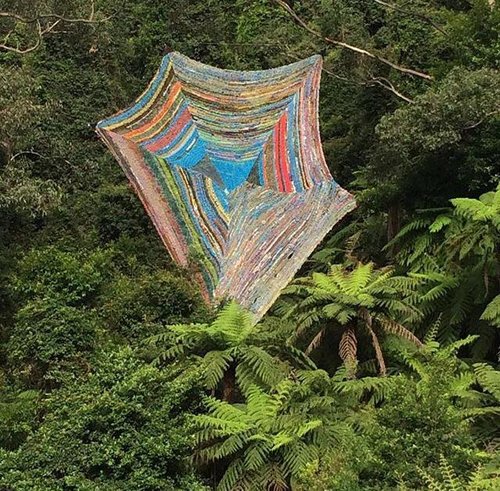
KEVINA-JO SMITH: EXPLORING THE MAGIC AND MAYHEM OF LIFE
Inspired by the everyday magical moments, as well as climate and human driven catastrophes, artist Kevina-Jo Smith sets to work transforming everyday items of waste into works of art.
“I try to process and translate my thoughts into a more positive outcome.”
“I am a total bowerbird, I collect with the intent to turn the mess into something eye catching with a million details.”
I recently had the chance to catch up with the artist to discuss sustainable living, her unusual art practice and her upcoming Vandal exhibition, Magic and Mayhem in Sydney.

What does sustainable living mean to you, and how has it affected your life and art practice?
I try to make thoughtful choices in my everyday life, sustainable living to me basically means to limit my contribution to the waste of energy and raw materials needed to produce cheap, single use products. Also to give back, contribute rather than use up and throw away.
This is what led me to the challenge of using up-cycled and found materials, so as not to create more waste such as chemicals and single use packaging. It can get really frustrating and messy, sometimes it feels like a huge burden. I dream of being able to paint again, sometimes I cheat by collecting mis-tints and old paint, they are technically waste.
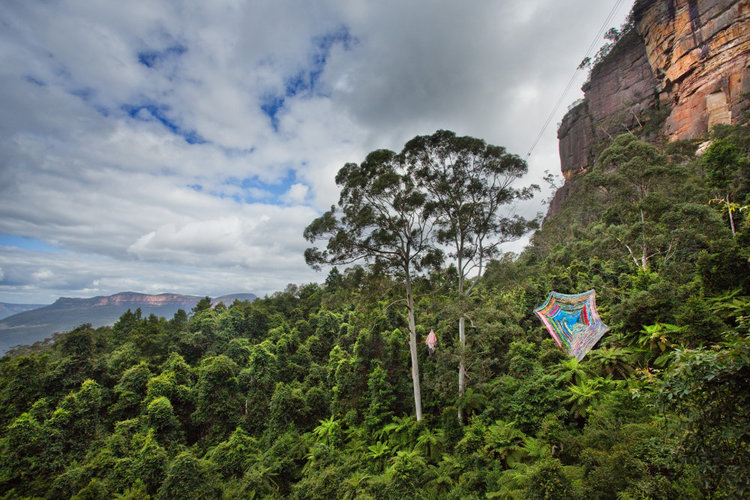
You mentioned you used to paint: has the shift to your current use of found materials affected the motivation, focus and subject matter within your works?
I think it did to begin with, because I focused more on figuring out how to use the materials and in what ways I could use them that were different to other waste art projects; I didn’t want to fall into that category.

I guess, for a time I was more concentrating on the materials, but my original subjects definitely came back. I’ve still been working on those and just going deeper with them.
How has your move to the Blue Mountains affected your art practice?
I moved to the Blue Mountains six and a half years ago; immediately I was inspired. I was high on fresh air for a while… I became addicted to the high rate of production within my practice.
More recently, I appreciate that my practice still exists because I can afford to live here. I truly appreciate the headspace, but I always liked the idea of celebrating other artists achievements - we work hard!

I do miss the creative communities I have had previously in Melbourne and Sydney, but I have an incredibly supportive community up here. In many ways being outside of a city makes me think more about being part of a broader, global artistic community. I have to work harder, but it’s ok, it’s all I want to do.
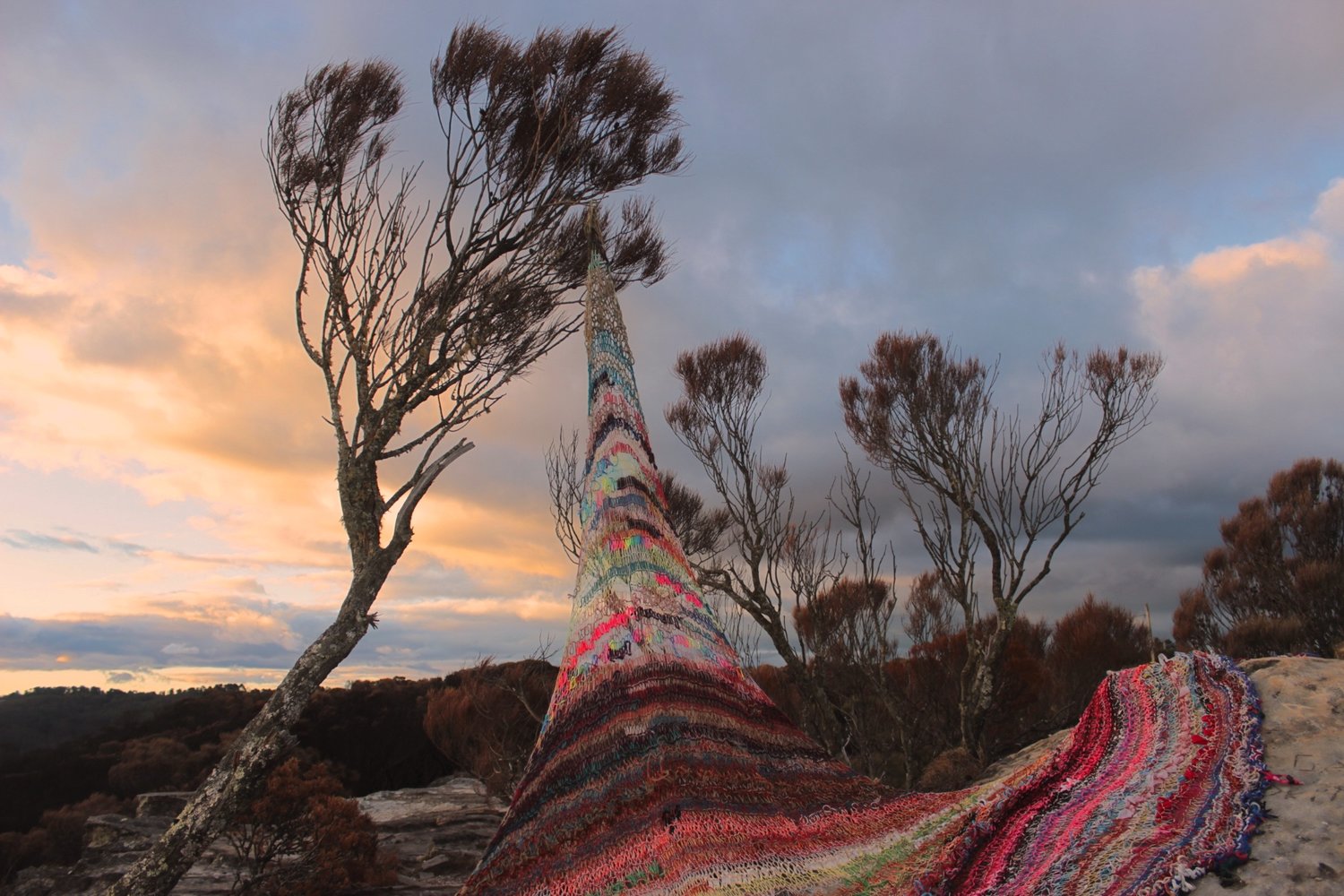
Is there a theme or a particular idea you explored in creating the works for Magic and Mayhem?
I always work to a theme. I get a bit lost in creating a world for the work to belong to. In the lead up to Magic and Mayhem I have been thinking a lot about trying to appreciate balance.
Our everyday lives are full of distress and anxiety, we are consumed by social media and news platforms that are streaming natural disasters, humanitarian disasters, equality issues, climate and environment extremes, mass extinctions, domestic violence… there is no end.
I guess I am trying to find balance and shift focus to some positives, such as new species being discovered and the rise of renewable energy support. But not just big things - tiny magic moments, rainbows, collecting and eating food that you have grown, laughing with loved ones. Celebrating the small stuff to give you energy to deal with the big stuff.
Kevina-Jo Smith - Sculpture at Scenic World 2016
It feels natural for me to approach working on this extraordinary site with an installation that brings attention to and celebrates the integral, protective role that the canopy plays within the rainforest.
My large knitted and woven piece forms a tunnel for the audience to walk through, in a spot where there is some relief from the canopy above, where light penetrates through to the forest floor.
Much like the leaves of the canopy, the nature of the loosely woven materials lets through light and creates shadows and movement on the walkway, inciting people to look up.
By incorporating tiny bells throughout the weave, I further encourage the audience to observe the canopy as this mimics the common experience of hearing birds and animals before spotting them.
You hear the sound before you start listening, but really listen and then see. This creates an intimacy with the forest, encouraging a deeper, more mindful experience and engagement of the senses.
It feels like an obvious reiteration of sorts, reimagining the canopy, the rainforest protector into one that the audience can interact with, which emphasises its importance to the life below.

My work has always been about different forms of protection and shelter, I began by looking at it from a very selfish point of view… a lot of self-portraits and self-analysis which developed into struggling with how to protect everything. Clean water, forests, oceans, animals. Everything. Most of my works are abstracted forms of shelter, such as clothing and structures.
What feelings would you like the exhibition to inspire in its audiences? What messages would you like them to take away?
I was thinking about this actually. I guess a sense of comfort, the way I try and represent the feeling of protection or the idea of shelter. I want to make people feel secure and comfortable but also more aware and conscious.
Within the growing awareness, but making it approachable. It seems like a lot of people are afraid to make changes, so I guess making it more approachable and making people more aware.
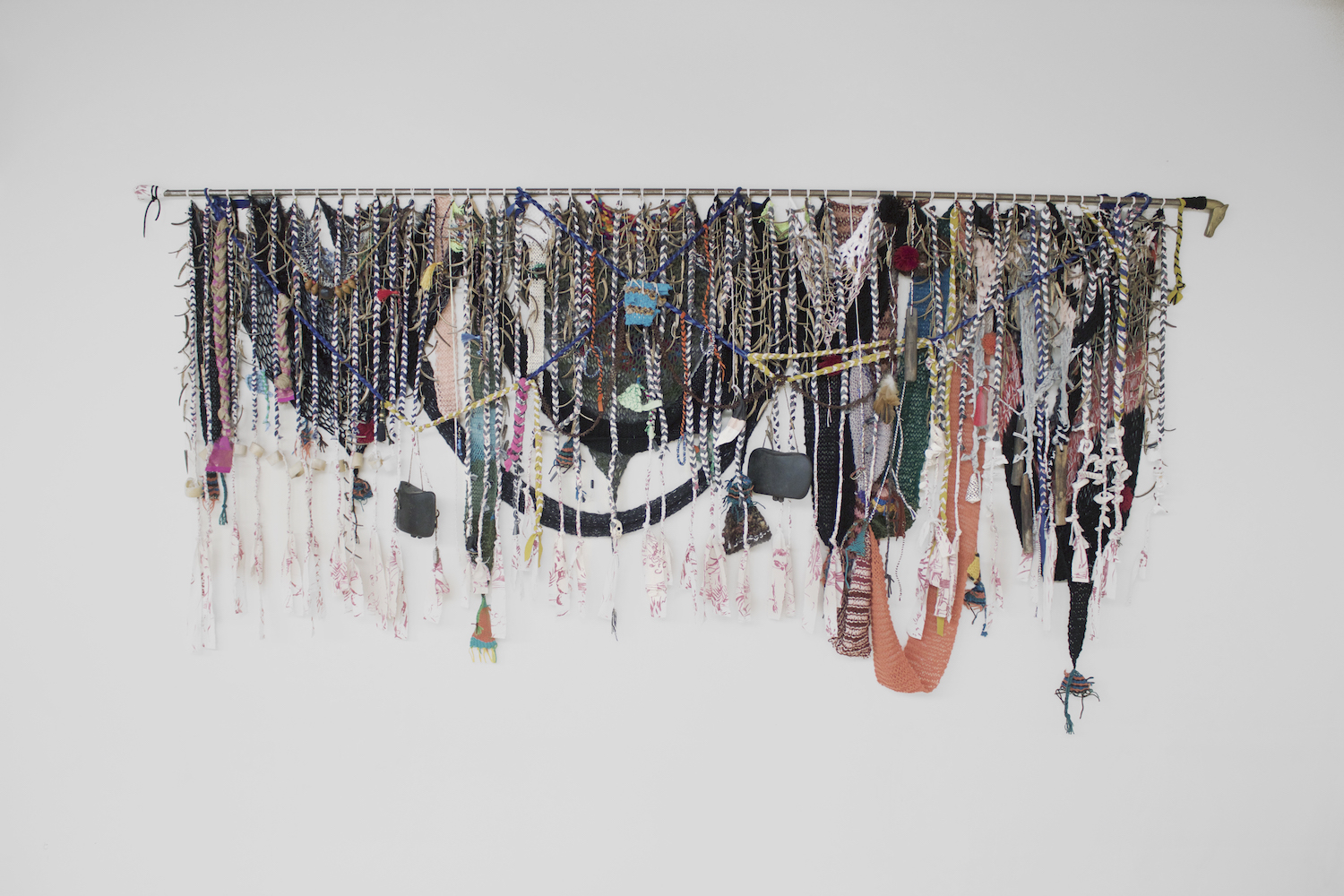
Your works are very impressive! What tools and materials do you use most? Which are your favourite?
Thank you! My main tool, at the moment, is my hands. The materials are predominantly rubbish. It’s hard to have a favourite. I have a few people in my life who collect incessantly.
For me, my lifestyle choices don’t really produce much waste, so I enlist people to save bits and pieces for me. I guess I observe materials for their texture, colour and availability. For example, I was recently making beads from straws and lollipop sticks because they are everywhere on the ground, at the beach etc.
I guess when I see something on repeat I start to formulate ideas through the frustration. I remember at one point my partner and I were buying a lot of oranges at the fruit market, so I was making various things with the fluoro plastic string bags: sewing them together, weaving through them.
I did a series inspired by the Japanese art of Kokedama. Instead of wrapping the root ball in string, I nestled plants into the string bags and strung them up. I guess my tools and materials evolve depending on what is being wasted around me. I look for solutions.
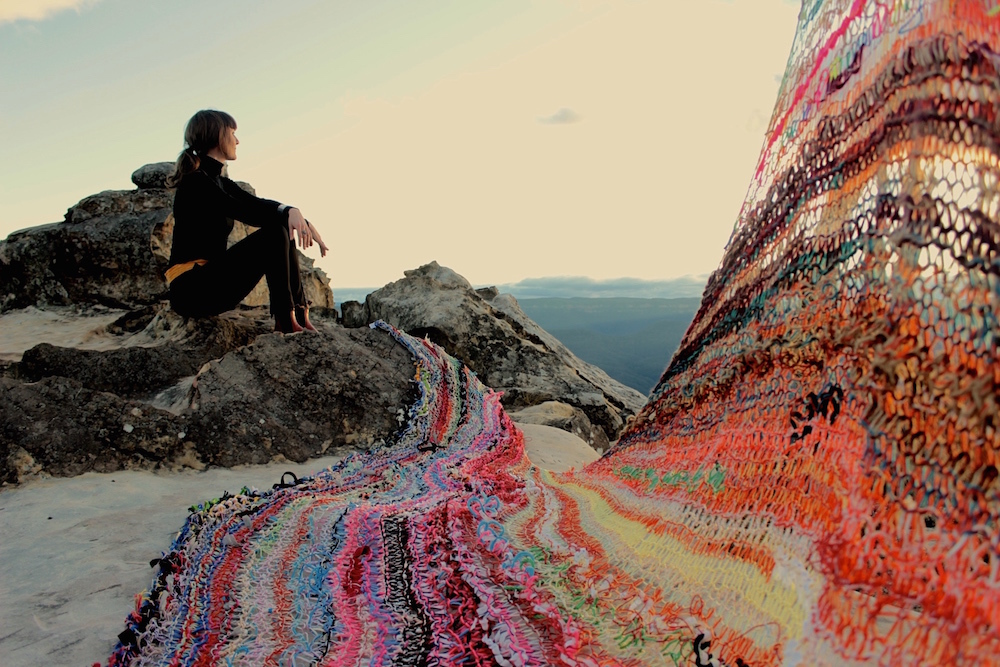
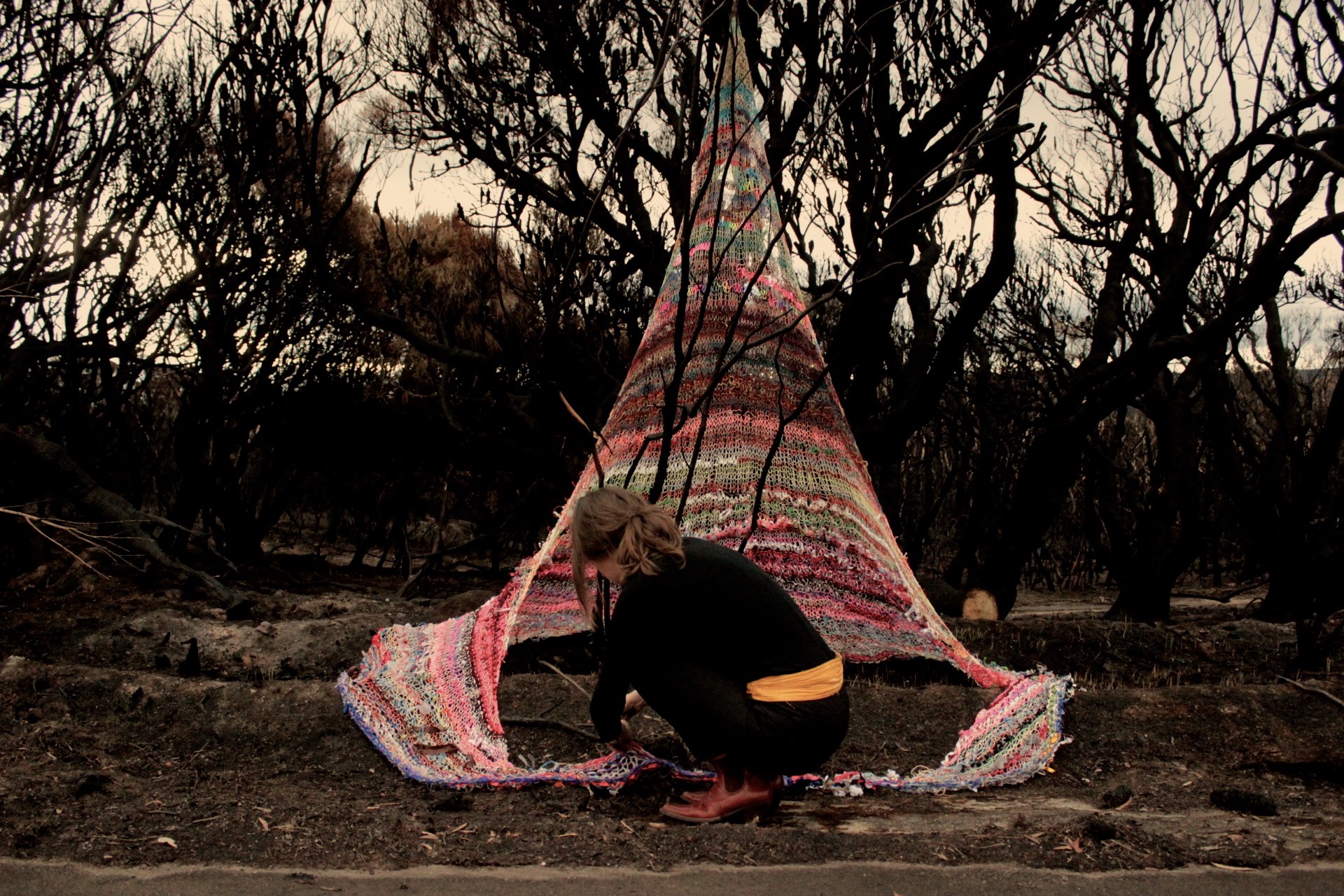
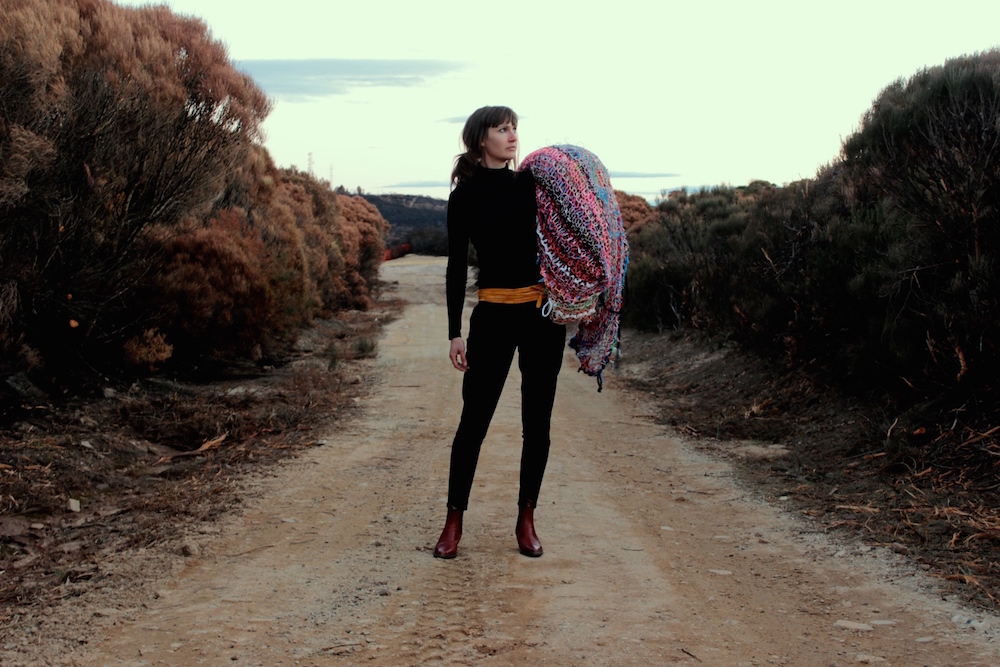
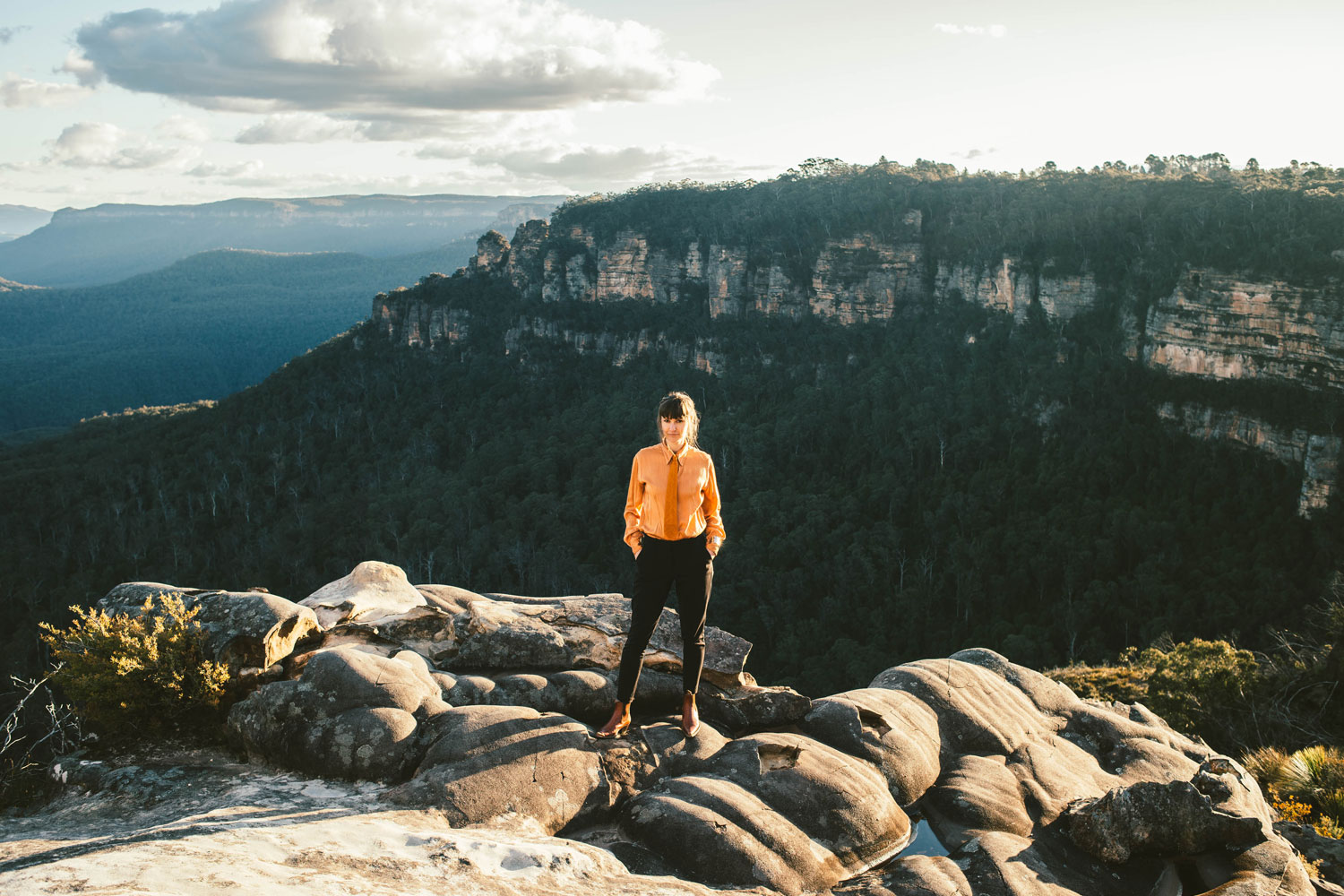


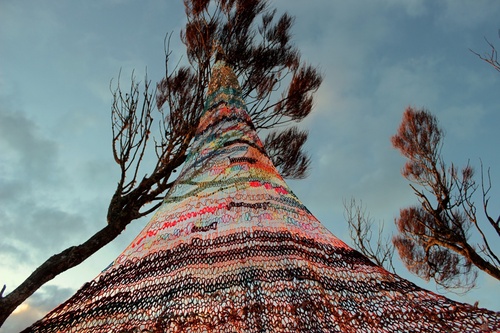

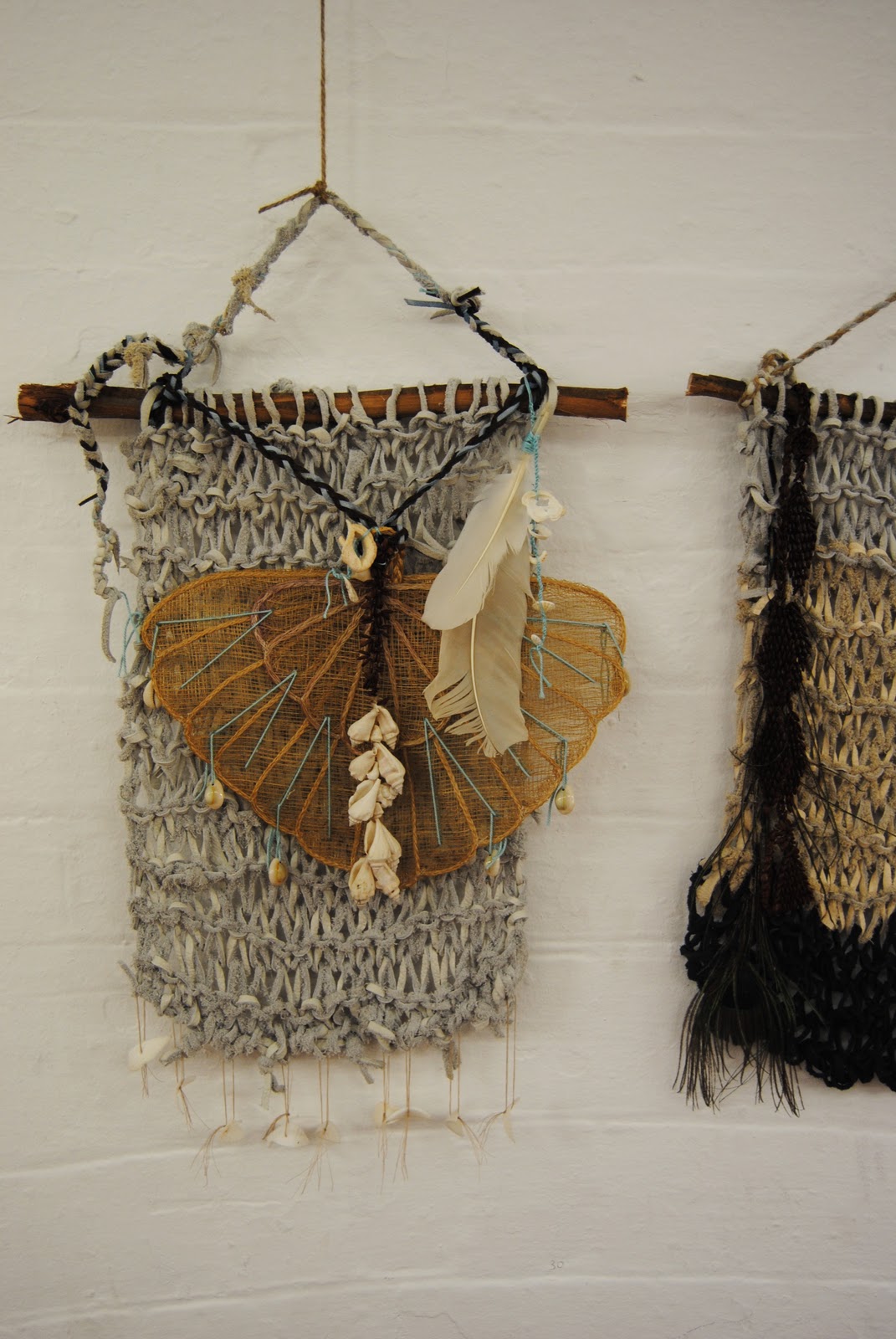


Comments